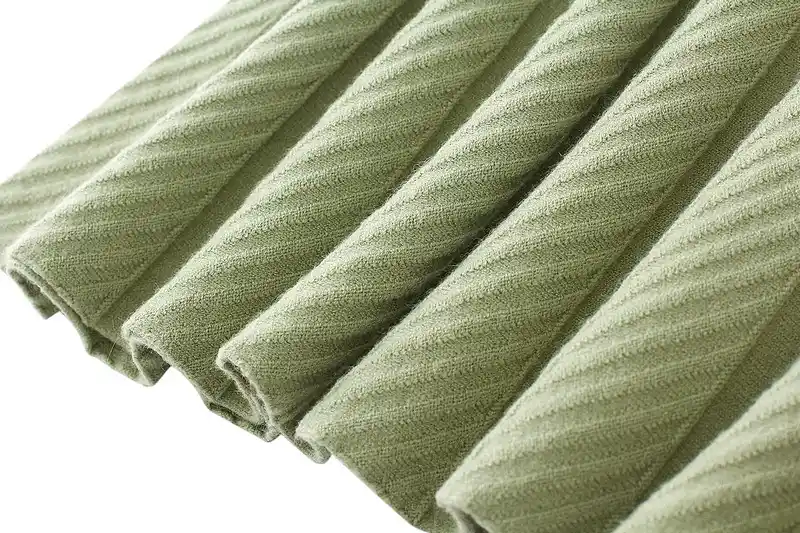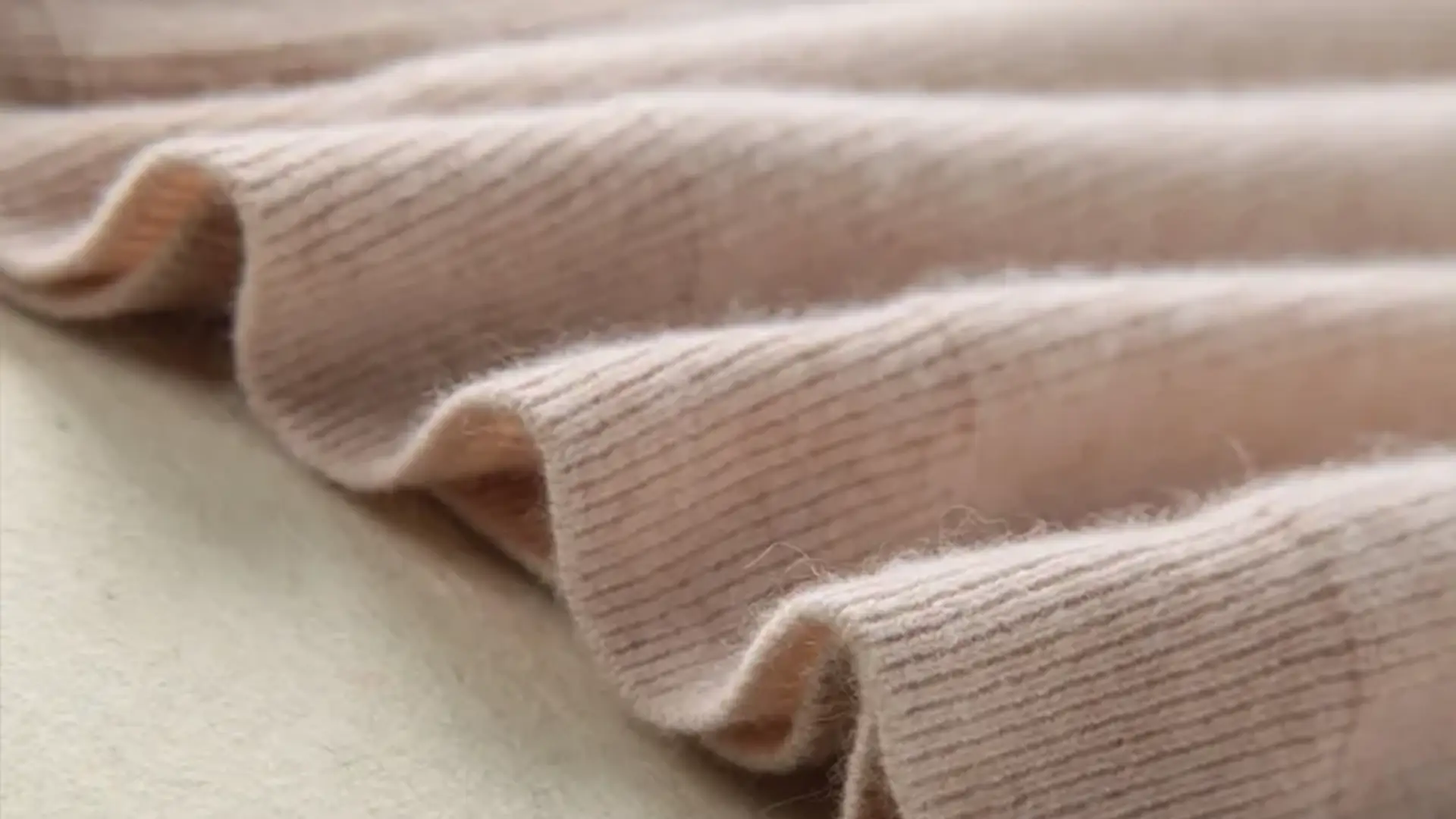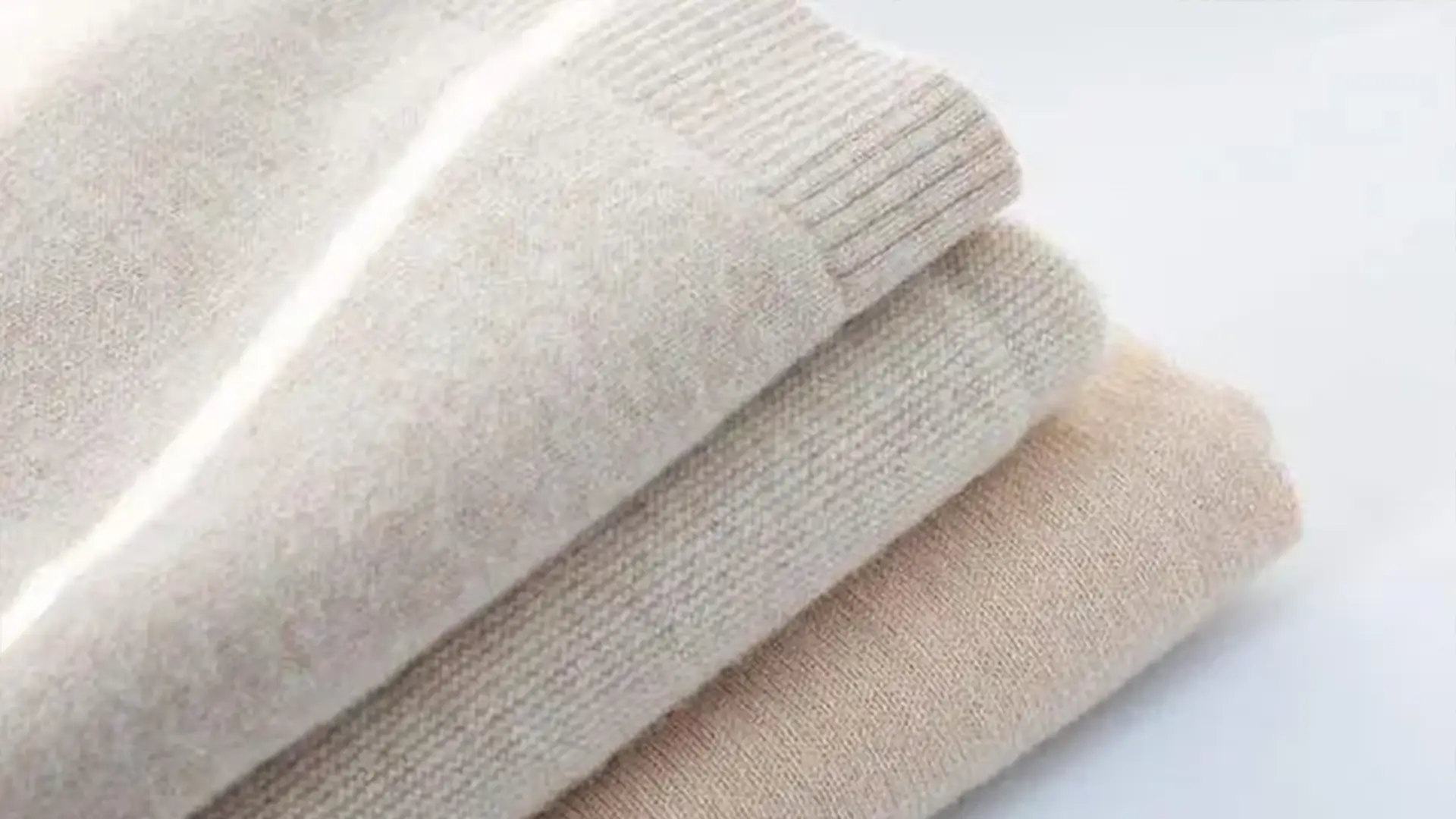
1. Structure & Composition
Core Layer (5%–30%):
Functional Fibers: Spandex, polyester, or nylon for stretch, durability, or moisture control.
Outer Layer (70%–95%):Natural Fibers: Cotton, wool, or rabbit hair for breathability and softness.
Synthetics: Polyester or viscose for added strength and affordability.
Best For: Winter coats, durable work uniforms, and cozy home textiles.
2. Spinning Techniques: Matching Method to Purpose
Ring Spinning
Classic Choice: Gentle wrapping creates a softer texture.
Perfect For: Everyday sweaters using cotton or wool outer layers.
Vortex Spinning
Modern Efficiency: Tighter wrapping boosts fabric strength.
Ideal Pairing: Synthetic cores needing extra durability.
Double-Wrapped Process
Premium Option: Two outer layers lock the core in place for consistent stretch.
Trade-Off: Costs 15–20% more but lasts longer.

3. Why Choose Core-Spun Yarn?
Strengths
🔥 Winter Warrior: Traps heat like a thermal blanket – perfect for sub-zero temperatures.
💪 Shape Keeper: Holds its form even in oversized designs (thanks to spandex cores).
💰 Budget-Friendly: Costs less than high-count yarns without sacrificing warmth.
Limitations to Know
⚠️ Texture Talk: Feels sturdier than delicate fabrics – embrace the rustic charm.
🌬️ Breathability Gap: Save it for crisp days, not summer hikes.
🧶 Pilling Potential: Shorter fibers may fuzz over time (opt for wool blends to minimize).
4. Smart Usage Tips
For Designers:
Use thick gauges (6–8mm needles) to highlight its cozy texture.
Stick to simple stitch patterns – cables and lace get lost in the yarn’s bulk.
For Buyers:
Check the core ratio: 5–10% spandex = ideal stretch for sweaters.
Prioritize long-staple wool blends if softness is key.


